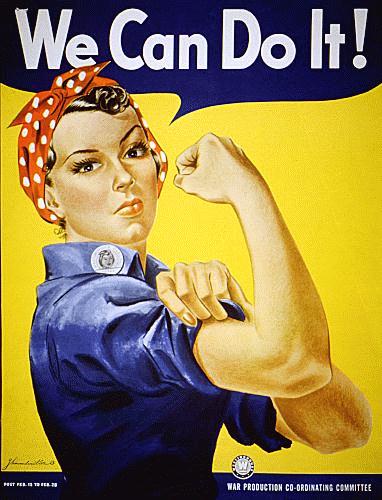As in most wars, propaganda was used during World War 1 from all sides to gain support from the war. German organizations such as the German Literary Defense Committee handed out propaganda in the form of pamphlets stressing how strong they were as a country. Allied propaganda exploited German atrocities whether they were fact or fiction. At first, the United States did not want to have any involvement in the war; however, once they did declare war, propaganda was a major tool that they used to gain support for thwar. 

When the United States entered the war in April of 1917, a major concern was the fact that there was not public unity in the country. Wilson then created the Committee on Public Information (CPI) to further promote the goals of war not only in the United States, but in other countries abroad as well. George Creel, a muckraking journalist of the time, headed the newly founded CPI where he recruited from media, business, and the art world. Creel was also a critic on censorship and went to great lengths to limit information that could cause harm to the public. Due to his beliefs in censorship, the CPI helped pass the Espionage Act of 1917 and the Sedition Act of 1918 which created guidelines, for the time being. Another element of the CPI as an organization was to examine how information flowed into the public’s brains, and then they examined how to fill that information with war-time propaganda. This created the domestic division of the CPI which had nineteen sub-divisions focusing on different types of propaganda for each one. One of the most important elements of the CPI was their Division of News. This division distributed press releases throughout newspapers taken from their handouts. In turn, war-time news and propaganda would be able to reach millions of people by not only just posters and pamphlets, but something they read every day, the newspaper. Because the CPI recognized that most of the general public tended to skip the front page and go straight to the special features section, the committee then created The Division of Syndicated Features. Working with novelists and essayists this division was able to attract reader’s attentions to an estimated 12 million people every month. However, the CPI did not just limit itself to just the written word. The Division of Pictorial Publicity worked with artists who created pictures with their propaganda and put them in newspapers and magazines that were willing to advertise for the CPI, which most were. Along with still pictures, motion pictures became a very popular tool for propaganda. A movie, To Hell With the Kaiser, was so popular and moving, that police in Massachusetts had to stop a riot because some people were not allowed into the theater due to not enough room in the theater.

Propaganda can be seen in many different ways. Some believe that it is anything that can be considered to be persuasive, while others believe it is only dishonest messages. However, propaganda nonetheless uses the same tactic of having an emotional appeal to the public, creating a direct message instead of a logical argument. Because of the emotional appeal, clever tactics, and mass communication, propaganda became a major tool in war-time effort not only in World War 1 for the United States, but in all of the later wars as well.

